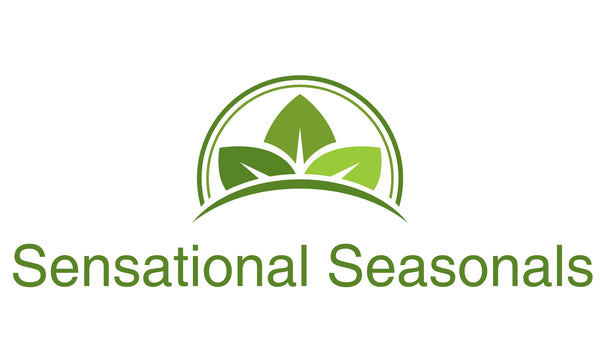That deep red tea with the tangy taste? ....It’s Hibiscus tea. For generations, people across Africa, the Caribbean, and the Middle East have brewed hibiscus tea not just for refreshment — but for its powerful health benefits. And now, it’s gaining global attention for one major reason: its ability to support healthy blood pressure.
What Exactly Is Hibiscus Tea?
Hibiscus tea is made by steeping the dried petals of the Hibiscus sabdariffa plant in hot water. It’s known by many names:
-
Zobo in Nigeria
-
Sobolo in Ghana
-
Bissap in Senegal
-
Karkadeh in North Africa
-
And simply “sour tea” in some parts of the Caribbean
It’s naturally caffeine-free, with a sharp, slightly sour flavor — and its rich red color is instantly recognizable.

How Hibiscus Tea Helps Lower Blood Pressure
This isn’t just tradition — it’s backed by science.
Several studies have shown that drinking hibiscus tea regularly may help:
-
Lower systolic and diastolic blood pressure (the top and bottom numbers)
-
Relax blood vessels, improving overall circulation
-
Act as a mild diuretic, helping the body release excess salt and fluid
It contains plant compounds called anthocyanins and polyphenols, which support blood vessel health and reduce oxidative stress — both of which play a role in hypertension.
Traditional healers have used hibiscus for this very reason for centuries, especially in warmer climates where it’s also valued for its cooling effect.

Other Health Benefits of Hibiscus Tea
It doesn’t stop at blood pressure. Hibiscus tea offers several other wellness benefits:
-
High in vitamin C – supports the immune system
-
May help lower cholesterol – supports heart health
-
Helps with digestion – gentle on the stomach
-
Hydrating and refreshing – especially when served cold
-
May support liver health – traditionally used for cleansing and detoxification
It’s a low-calorie, no-caffeine, antioxidant-rich drink — which makes it an easy swap for sugary or processed beverages.
How to Make Hibiscus Tea at Home
You can make it in a few simple steps —
✳️ Basic Recipe
Ingredients:
-
½ cup dried hibiscus petals
-
4–5 cups of water
-
Optional: ginger slices, a few cloves, lime juice, pineapple peel, or mint
-
Natural sweetener (honey, dates, or leave it unsweetened)
Instructions:
-
Boil water and add the hibiscus petals and spices.
-
Let simmer for 10–15 minutes.
-
Strain and allow to cool.
-
Sweeten to taste or serve as is.
-
Chill in the fridge or serve over ice.
Drink 1–2 cups per day as part of your daily wellness routine.
Why More People Are Choosing Hibiscus Over Sugary Drinks
-
It’s flavorful without being artificial
-
You control the sweetness — or skip it entirely
-
It’s loaded with nutrients, not empty calories
-
It supports hydration, especially in hot climates
-
It has a cultural heritage — a drink your grandmother may have made
And it’s far cheaper (and healthier) than bottled juices or store-bought “detox teas.”

Who Should Be Cautious with Hibiscus Tea?
While hibiscus is safe for most people, there are a few situations where you should be cautious:
-
If you already have low blood pressure, hibiscus may cause it to drop further.
-
If you're pregnant, especially in the first trimester, large amounts are not advised.
-
If you’re on blood pressure or diuretic medications, speak with your doctor before using it regularly.
-
Always start with small amounts and see how your body reacts.
Hibiscus tea is more than a trend — it’s a healing tradition. Whether you’re trying to lower your blood pressure or simply want a natural, flavorful way to support your health, this delicious tea is worth trying.



